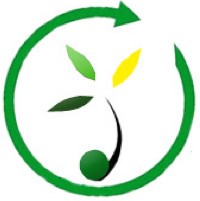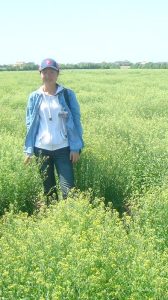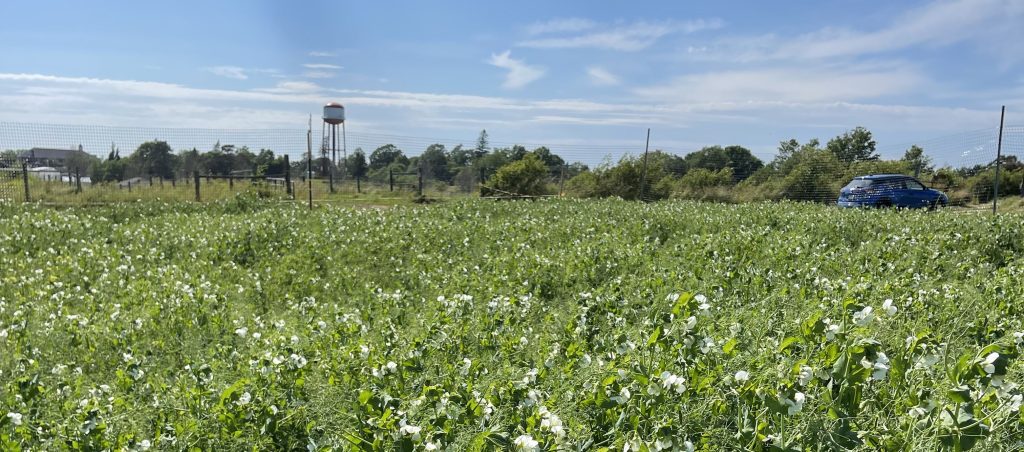Motivation and Innovation with Dr. Jiang
Dr. Yunfei Jiang, ECODA research partner and assistant professor in Agronomy at the Department of Plant, Food, and Environmental Sciences, Faculty of Agriculture, Dalhousie University.
Dr. Jiang is fascinated by crop physiology and agronomy. It was during her studies for her master’s degree at Dalhousie University’s Bible Hill Agricultural Campus (Dal-AC), that she discovered her enthusiasm for looking at how plants grow and function as well as how science can influence certain aspects such as yield. Later, during her postdoctoral fellowship working with Dr. Peter Pauls at the University of Guelph, Dr. Jiang got her first taste of intercropping and how it could help in the battle against climate change. She has been hooked ever since and hopes to continue working with intercrops as one aspect of her research in the next Eastern Canada Oilseed Development Alliance (ECODA) research program under the Agriculture and Agri-Food Canada (AAFC) Sustainable Canadian Agricultural Partnership (SCAP).
“We’re hoping to build on the project from the first CAP (Canadian Agricultural Partnership) cycle and continue looking at intercropping,” Dr. Jiang says. “When I started as an assistant professor at Dal-AC in January of 2022, Dr. Claude Caldwell, Professor Emeritus, was working on an ECODA-funded project on intercrops under the CAP program. In the summer of 2022, I collaborated with Dr. Caldwell to work on the project to determine the optimum seeding ratio for maximizing the outyielding potential and land use efficiency in intercrops involved with a pulse crop (i.e. field pea) and two Brassicaceae oilseeds (i.e., brown mustard and camelina).”
Intercropping is growing two or more different crop species (sometimes different genotypes) in the same area and allowing plants to benefit from one another. For example, brown mustard and camelina help keep down disease because they can act as a natural biofumigant, a method of pest control. Dr. Jiang wants to fully understand the underlying mechanisms of intercropping such as how does intercropping increase resource use such as nutrient, light and water efficiency? How does it impact soil health? Pest control?
Intercropping is not solely about improving land use and increasing profitable crop rotation. Another component is understanding how intercropping may help growers during increasing environmental challenges.
“Extreme and unpredictable weather events are becoming more frequent under climate change,” says Dr. Jiang. “Intercrops may prevent complete crop failure and reduce market fluctuations when intercropped species have different tolerance to environmental stress. If there is a severe weather event and one crop fails but we have other crops that are resistant to environmental stress, growers don’t lose everything.”
Improving plant growth as well as looking for ways to mitigate climate change isn’t only for growers. Industry is also interested in the benefits of intercropping.
“I have strong interests in both applied and basic research,” says Dr. Jiang. “It’s important to talk to growers and industry partners to understand what they need and adjust my research priorities accordingly.
“For the next cycle of funding, SCAP, I want to continue to collaborate with ECODA to study intercropping but with more combinations of crops than before and also to understand the underpinning mechanisms in intercropping.”
Listen to Dr. Yunfei Jiang tell you why her research is important for our future:


